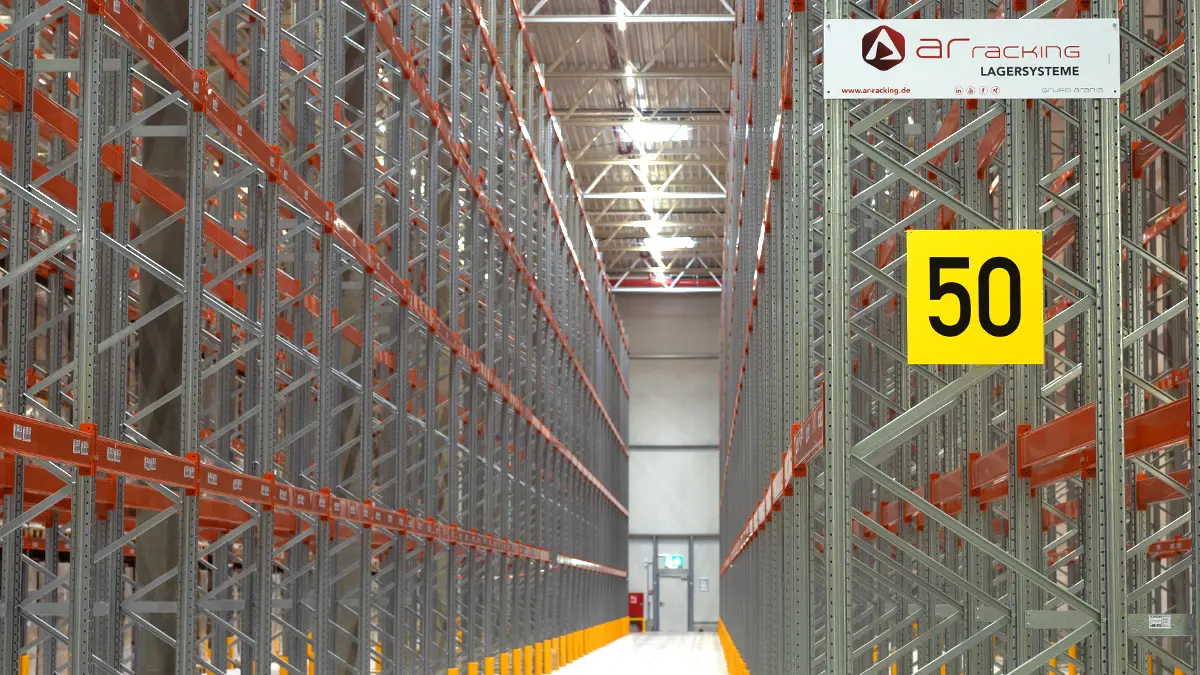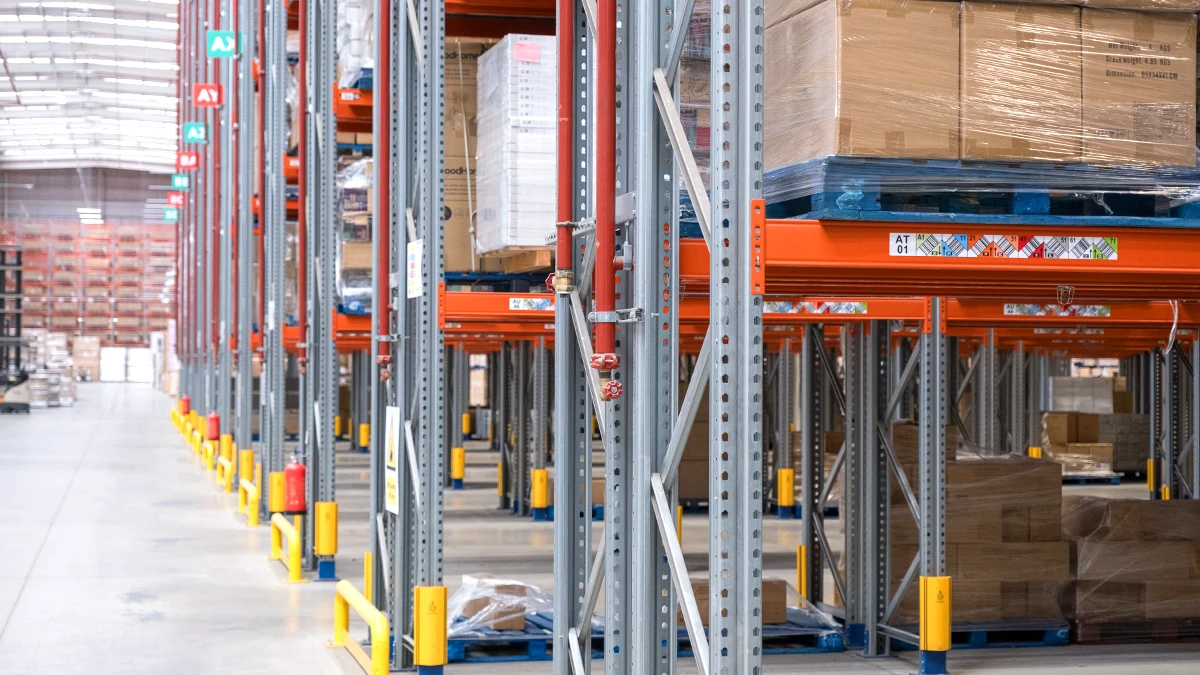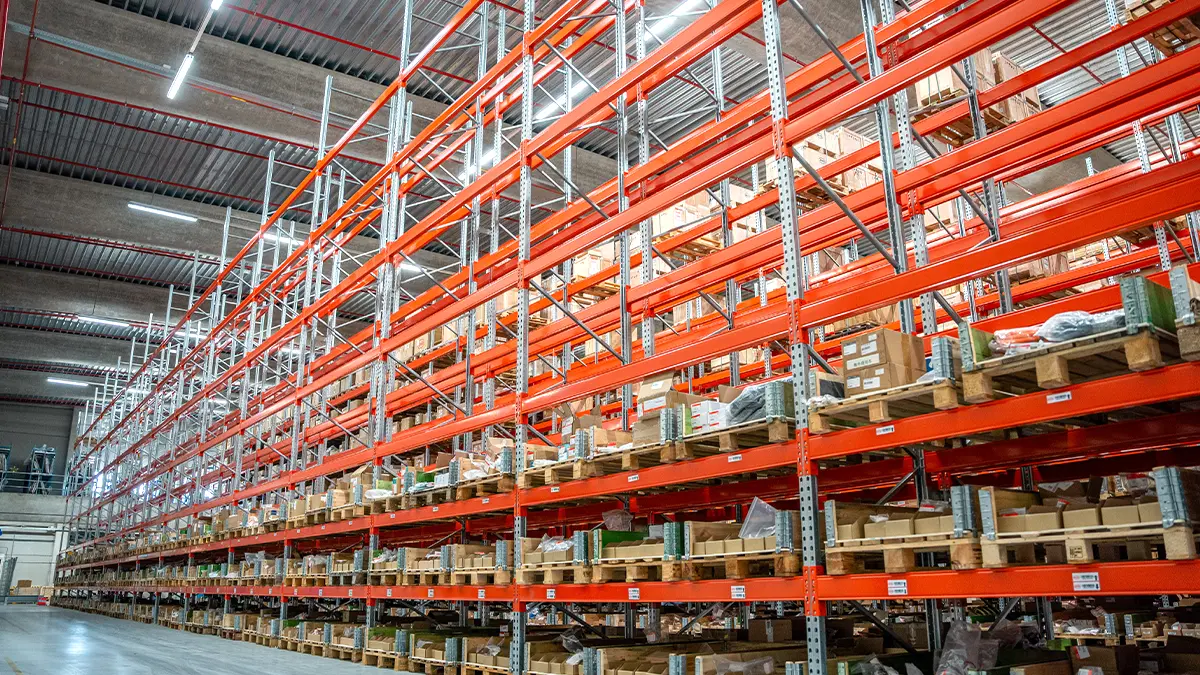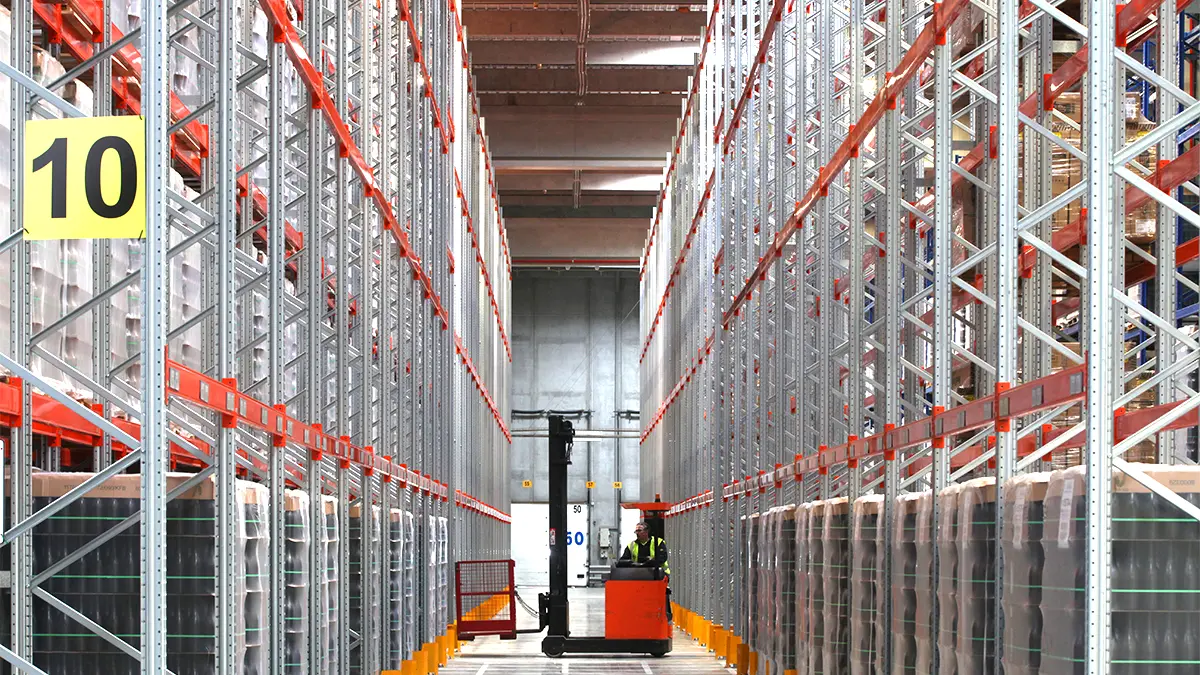From the fragility of JIT to the rise of Just in Case
For decades, the Just in Time (JIT) model was synonymous with supply chain efficiency. Its core principle—producing or restocking only when needed—minimised inventory, costs, and space. However, successive global shocks—from the pandemic to shipping crises—exposed an uncomfortable truth: JIT’s vulnerability in the face of disruption. In this context, the Just in Case (JIC) approach, historically dismissed as costly and inefficient, has re-emerged as a robust solution. Maintaining higher levels of inventory and storage capacity is now seen as an investment in resilience, operational continuity, and competitive advantage.
This article explores the Just in Case model in depth, its strategic and technical implications, and how to implement it effectively using industrial storage solutions such as those offered by AR Racking.
As a benchmark in logistics, AR Racking supports companies worldwide in redesigning their facilities to navigate this transition safely, efficiently, and with a forward-looking vision.
Just in Case: concept, context, and reasons for its revival
The Just in Case model follows a preventive logic: maintaining inventory beyond immediate forecasted demand to ensure business continuity in the event of disruptions. Far from being mere overstocking, this strategy is based on rigorous risk analysis and an understanding of the volatility of the operating environment.
Its resurgence is no coincidence. The pandemic exposed how hyper-optimised global supply chains—with distant, single-source suppliers and no contingency—were highly vulnerable. Further contributing factors included:
- Unpredictable lead times due to port congestion or transport shortages
- Higher costs caused by urgent logistics
- Inability to fulfil delivery commitments due to stockouts
JIC aims to neutralise these risks with a robust approach, enabling companies to respond more flexibly to logistics crises, demand peaks, or supply interruptions.
Comparing JIT and Just in Case in industrial environments
Though both models serve legitimate business aims, they diverge sharply in execution. While JIT prioritises operational efficiency and low stock, JIC prioritises supply security and continuity.
In industrial terms, this translates into different challenges:
- Demand forecasting: JIT requires precision; JIC tolerates uncertainty
- Inventory management: JIT reduces stock; JIC needs extra capacity
- Production flexibility: JIT adapts quickly; JIC absorbs disruption
- Logistics infrastructure: JIT runs on lean facilities; JIC calls for larger, adaptable warehouses
The two models can coexist depending on sector, product type, and risk profile—but today’s trend leans towards hybrid strategies anchored in JIC.
Operational implications: cost, space, flexibility
Shifting to JIC is not purely strategic; it demands substantial logistics transformation. A key impact is the need for extra storage space, prompting reconfiguration of warehouses and equipment.
Main operational changes include:
- Increased stockholding costs: tied-up capital, maintenance, insurance, and handling
- Need for scalable, flexible racking systems
- Greater reliance on digital inventory management to avoid obsolescence and shortages
- Redesign of warehouse layout to allow for rotation, access, and safety
However, these costs are offset by a major benefit: continuity in the face of the unexpected. Firms reduce the risk of stoppages and improve responsiveness and customer service.
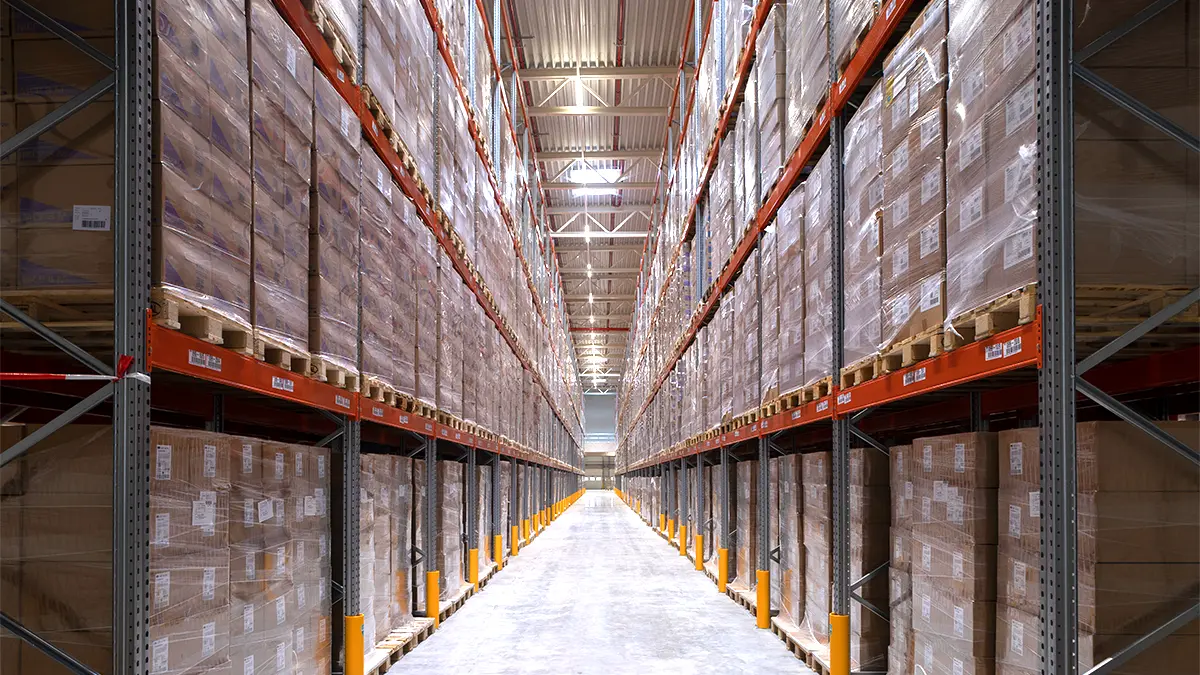
Adapting warehouse layouts to Just In Case
Implementing JIC involves a full redesign of the logistics layout. With more stock to store, warehouses must maximise density without sacrificing efficiency in picking, tracking, and restocking.
This includes:
- Vertical storage using high-rise racking
- Logical product zoning based on rotation, risk, or destination
- Flexibility for different product types and needs
- Reducing unnecessary aisles and dead zones
- Integration with automatic or semi-automatic systems to enhance flow
Modular, robust, and adaptable systems are essential for this transition.
AR Racking systems for preventive storage
AR Racking provides a complete range of storage systems enabling safe, efficient, and scalable implementation of JIC. These solutions suit various sectors, volumes, and operational models:
- Adjustable Pallet Racking: flexible solution for direct-access palletised goods
- Drive in Drive Through Racking: high-density storage ideal for batch rotation and homogeneous products
- Live Storage Pallet Racking (FIFO): uses gravity to enable automated, efficient stock rotation
- Mobile Pallet Racking: maximise capacity by eliminating fixed aisles—ideal for limited space
- Warehouse with stacker cranes for pallets: for managing high volumes with peak operational efficiency
- Clad Rack Warehouses: complete structures offering maximum structural and thermal performance
All systems are designed for structural strength, flexibility, and space optimisation—key to a JIC approach.
Use cases and best practices
JIC should not be adopted impulsively. To maximise results, follow best practices:
- Conduct risk and dependency analysis
- Identify critical products needing preventive stock
- Establish dynamic safety stock policies based on rotation and seasonality
- Use WMS and LMS for intelligent inventory control
- Apply lean principles even within JIC to avoid excess
Sectors such as automotive, chemical, food, and industrial components are already transitioning with AR Racking to maintain agility without losing resilience.

Hybrid supply chains: balancing Just In Time and Just In Case
Despite JIC’s growth, many firms are combining both models. The hybrid approach balances operations, applying safety stock where risk justifies it while keeping lean flows in stable processes.
For example, JIT remains viable in high-turnover or regionally sourced operations. For critical imports or long-lead-time items, JIC offers vital protection.
Building a hybrid chain involves:
- Segmenting stock by risk, rotation, and criticality
- Setting differentiated safety stock levels by item
- Using flexible storage systems supporting both models
- Integrating WMS and LMS for segmented management
AR Racking’s modular storage and digital solutions provide technical capability for dynamic adaptation without sacrificing competitiveness for stock or inventory management.
Future of Just in Case: temporary trend or new paradigm?
Though born from crisis, JIC is here to stay. Its integration with JIT and hybrid models marks a new era of scenario-based, resilient planning.
Digitalisation, automation, and sustainability further bolster this shift. With predictive tools and flexible infrastructure, supply chains can be both robust and future-ready.
Conclusion: responsiveness as competitive advantage
Just in Case is not regression—it is logistics evolution. In uncertain times, operational continuity is as important as cost efficiency.
Investing in resilient warehouses, adaptable storage systems, and strong inventory control is no longer optional—it is strategic.
Contact our team to design a storage solution that supports your Just in Case transition—safe, scalable infrastructure aligned with your goals for efficiency and competitiveness.

